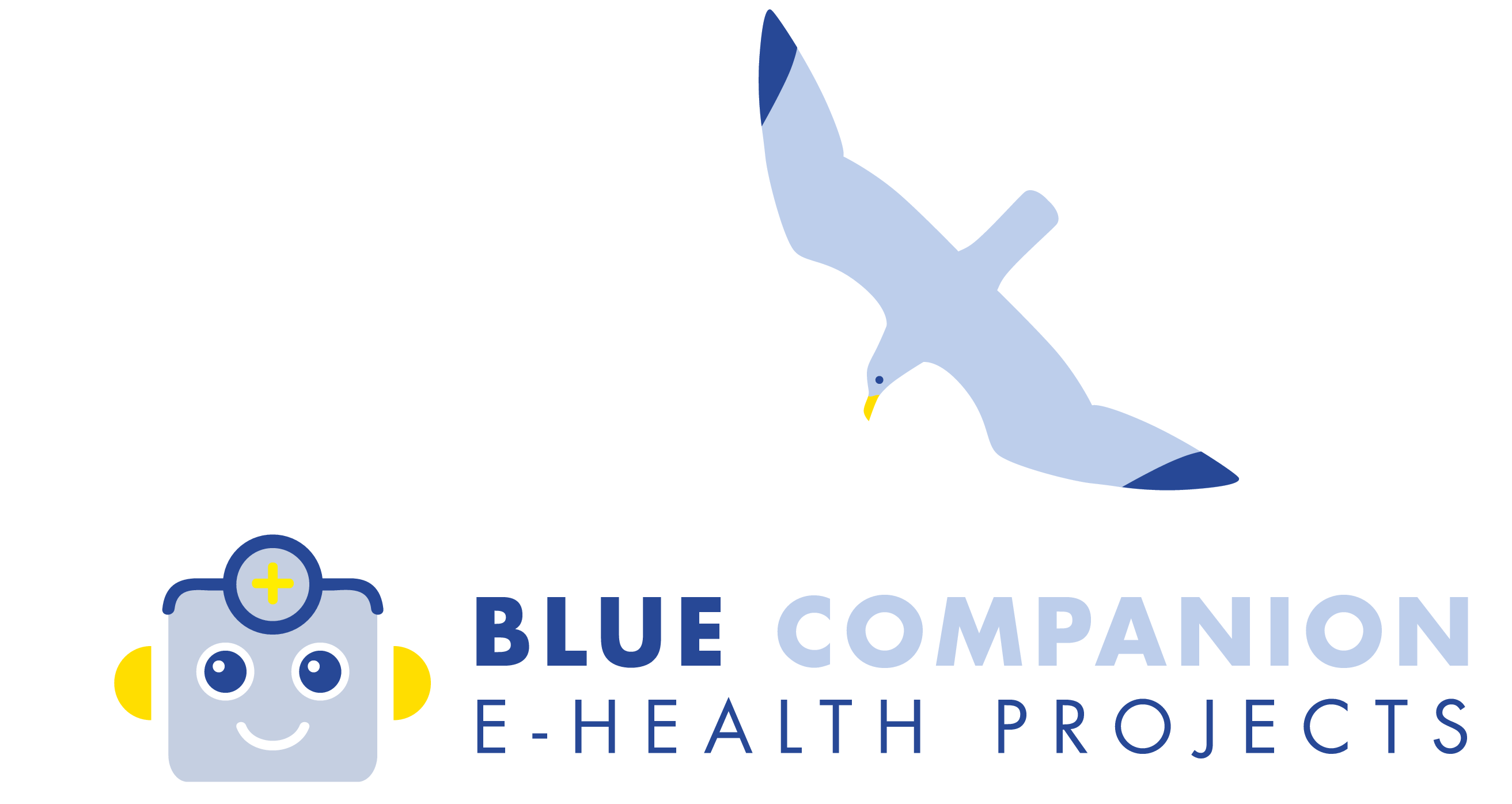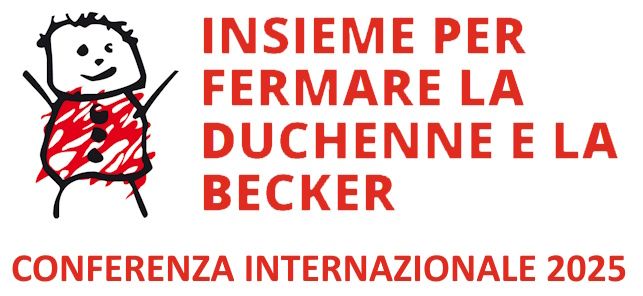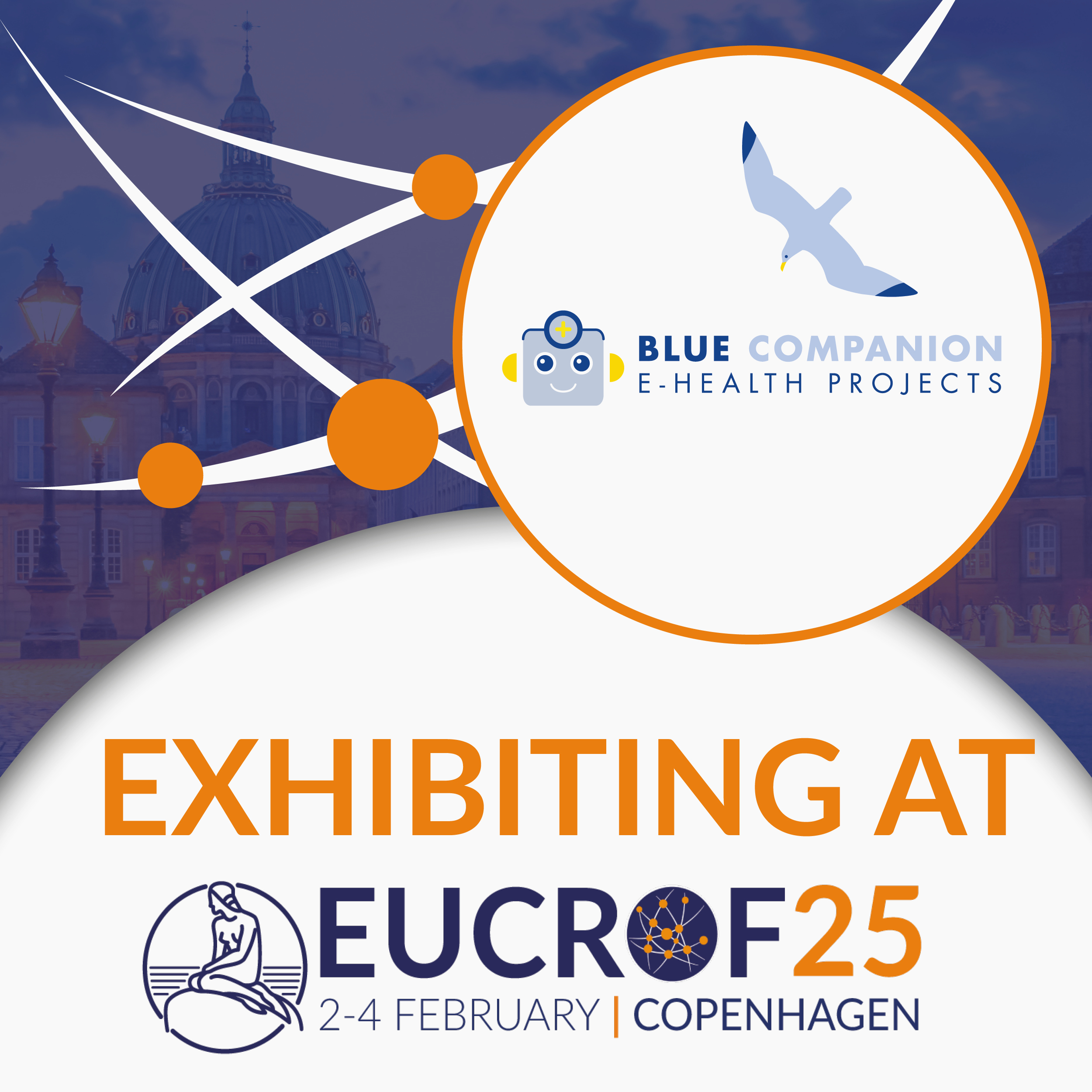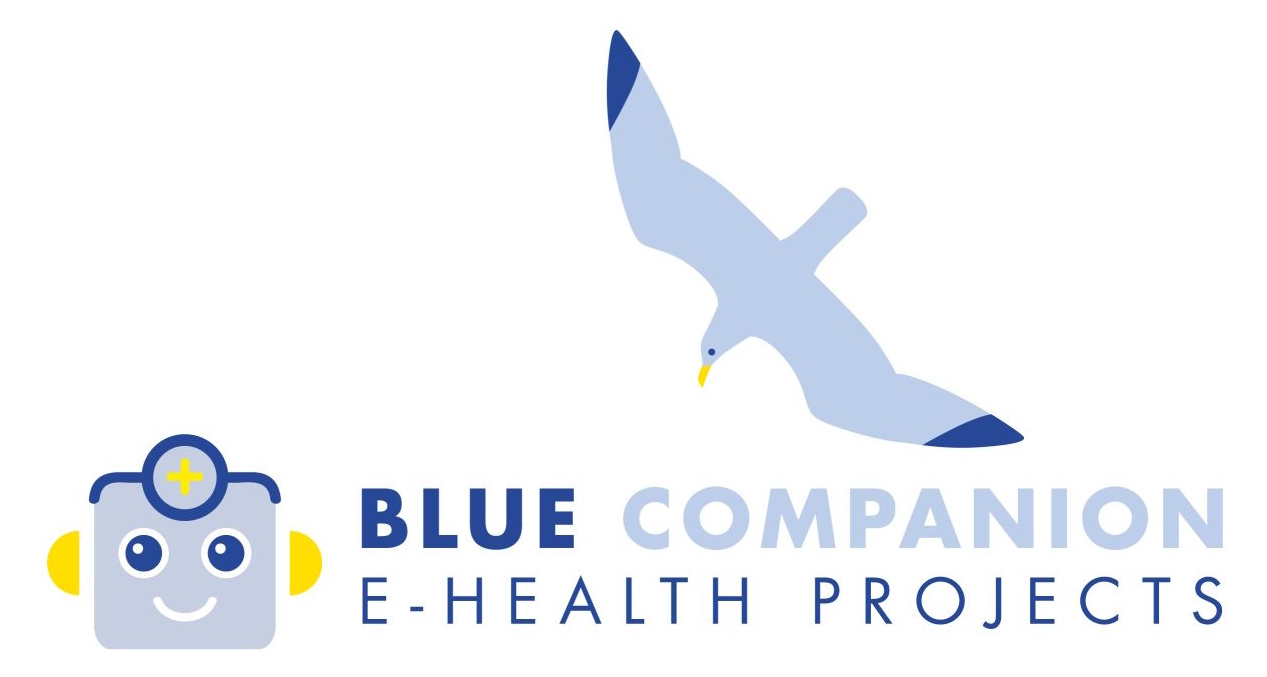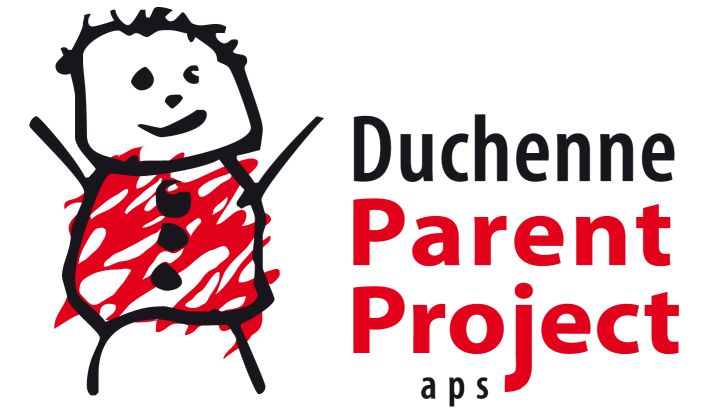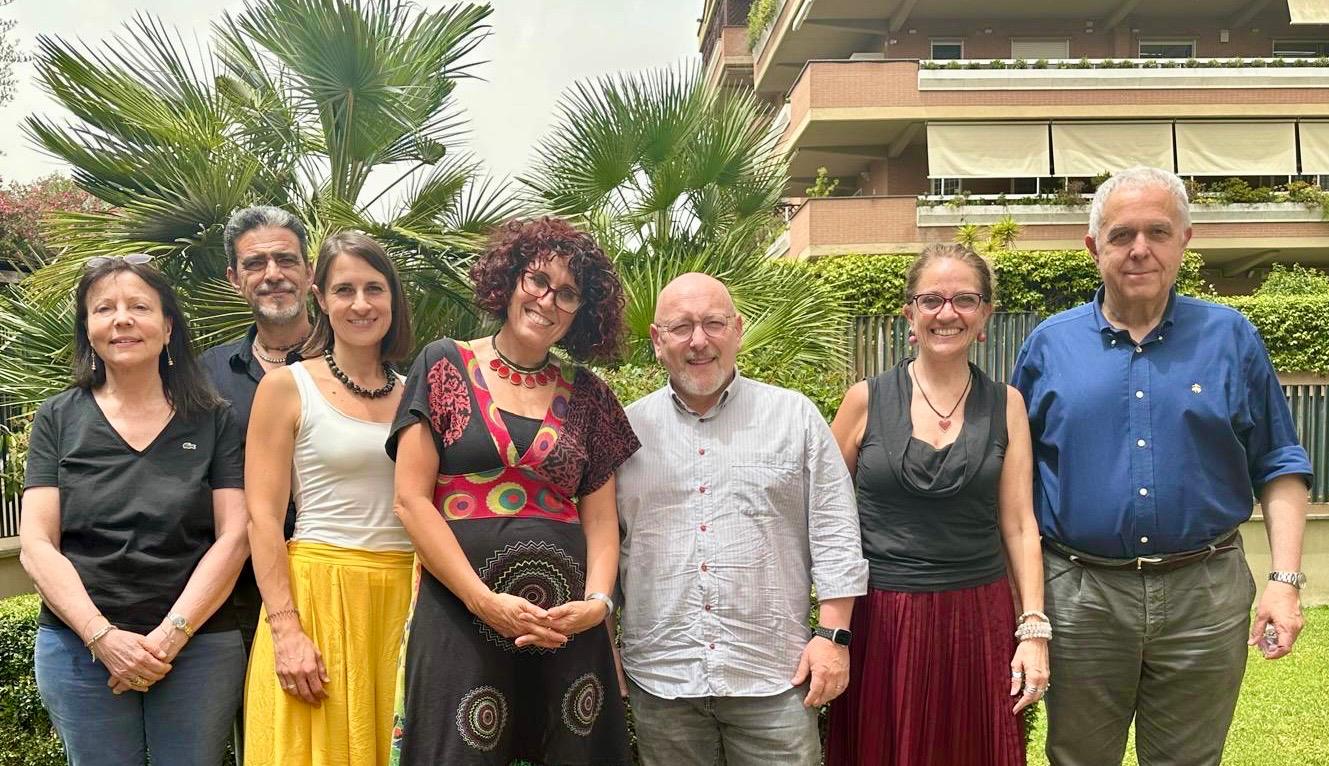Merry Christmas and Happy New Year 2026 !!!
CONFERENZA INTERNAZIONALE DUCHENNE BECKER 2025
BlueCompanion is proud to have participated as Silver Sponsor at the XXII International Congress on Duchenne and Becker Muscular Dystrophy which is held in Rome from February 28th to March 2nd 2025.
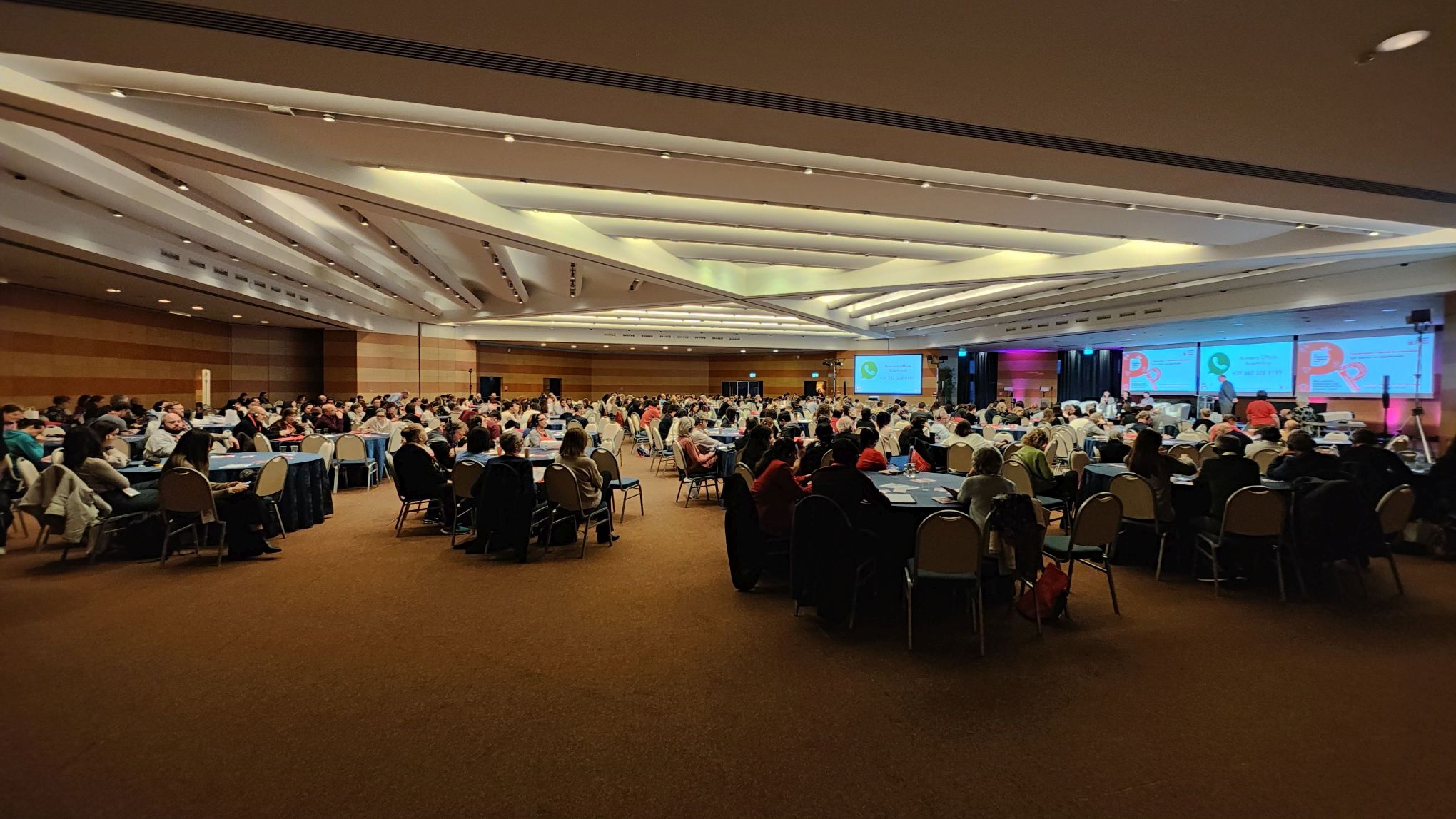
3 days of focus on Duchenne and Becker muscular dystrophy and on many transversal themes, extremely interesting and productive. It was very nice to meet patients and families and address the themes of scientific research and everyday life problems.
Bluecompanion Showcases Digital Health Solutions at EUCROF 2025 Conference in Copenhagen.
BlueCompanion is proud to join leading healthcare organizations at the European CRO Federation (EUCROF) 2025 Conference in Copenhagen.
Alongside our partners Telemedicine Technologies and CRO Alliance, we will present innovative approaches to clinical research and digital health solutions.
Our participation demonstrates our commitment to advancing clinical research through technology and collaboration. Conference attendees can learn about our latest developments in remote patient monitoring, decentralized clinical trials, and integrated telemedicine platforms.
The context
Sarcopenic obesity (SO) is characterized by the combination of obesity, defined by high body fat percentage, and low skeletal muscle mass, namely, sarcopenia, accompanied by low muscle function. SO needs to be considered as a unique clinical condition, different from either obesity or sarcopenia alone. Sarcopenia and decline in physical functionality are age-related processes, that can be exacerbated by the co-existence of obesity as well as by inappropriate weight-reducing strategies. Indeed, repeated cycles of weight loss and subsequent weight regain may favour this clinical condition, that in turn can possibly increase the incidence of complications, e.g. falls and injuries, particularly in older patients. Also, pharmacological anti-obesity treatments could enhance the loss of muscle mass versus fat mass, in the absence of adequate nutrition, and more real-world clinical data are needed. More specifically, the EASO and ESPEN consensus group on the definition, diagnosis and staging of Sarcopenic Obesity considered that prospective studies plus secondary analysis of existing datasets, are necessary to assess the predictive value, treatment efficacy, and clinical impact of the EASO definition of SO. In this context, the creation of a collaborative e-registry to record structured, standardised clinical data is a key operational step.
e-Registry key advantages and precautions:
- Regulatory Compliance (US FDA CFR21 part 11, EU GDPR, ICH E6 (GCP), etc.)
- Data security and infrastructure reliability (backup, disaster recovery, audit trail)
- Infrastructure & data hosted in Europe (UK and France)
- Ready for integrating new dedicated eCRFs for clinical trials.
The e-Registry is a collaborative tool boosting clinical research:
- Epidemiological insights: for under-reported or unaccounted conditions, registries are particularly crucial as they pool data from multiple sources, providing a larger sample size for meaningful analyses.
- Treatment-effectiveness evaluation: the SO e-registry allows for long-term tracking of treatment outcomes, helping to assess the benefits and risks of various interventions in real-world settings.
- Clinical trial recruitment: Patient registries facilitate faster and more efficient recruitment for clinical trials by pre-identifying eligible participants
- Health policy and resource allocation: Data from registries can inform health policy decisions and help in allocating resources more effectively for disease management and research.
A digital tool enabling patient engagement and regulatory discussions:
- Improved patient care: by analyzing the e-registry data, best practices can be identified, and evidence-based guidelines can be developed to fight the disease.
- Patient empowerment: e-registries may provide patients with access to information about their condition, facilitates patient-reported outcomes and experiences, supports patient education and self-management initiatives
- Pharmaceutical industry support: provide data & analytical support in identifying unmet medical needs for drug development and helps in identifying target populations for novel therapies
- Regulatory discussion: longitudinal e-registries are very helpful to feed the dialogue with regulatory bodies on factual bases.
Lorenzo Maria Donini, Initiator and Principal Investigator, explained: «We are happy to have undertaken a collaboration with BlueCompanion. The significant skills put into play in this phase will certainly allow us to widely establish the Sarcopenic Obesity e-Registry, which will be very useful, and which will become essential in the years to come. The world of clinical trials is changing, collaboration between patients, clinical research and regulatory bodies is increasing, and this digital tool will be key to accelerate the path towards the Sarcopenic Obesity Network implementation ».
Rocco Barazzoni, Chairman of SIO, underlined the endorsement by the Italian Obesity Society, and the importance of collecting longitudinal clinical data in order to validate the algorithm ESPEN/EASO for the diagnosis of Sarcopenic Obesity. “In particular the e-registry will facilitate the long-term follow-up of this critical subgroup of patients with obesity and clarify the weight of sarcopenia in their clinical and functional trajectory, ultimately validating the ESPEN/EASO diagnostic approach”.
Gianluca Zia, BlueCompanion COO, added: «The implementation of the SO PRIN (Italian Research Project of National Interest) the first clinical trial hosted by the e-Registry, plus the migration of various legacy databases towards a CleanWeb® core, and the forthcoming construction of a web platform capable of capturing data from different sources are the result of the effective collaboration of the Sapienza and Bluecompanion Teams! And all this was inspired by the meeting in May 2024, at EASO annual conference in Venice, a moment of precious exchange between the two teams sharing common ethical and scientific objectives.»
About SAPIENZA University - Rome (Italy)
SAPIENZA University is an internationally recognized academic institution. Founded in 1303, Sapienza is the oldest university in Rome and the largest in Europe. Its mission is to contribute to the development of a knowledge society through research, excellence, quality education and international cooperation. Food science, together with basic, applied and clinical nutrition of subjects with over-nutrition (obesity) and under-nutrition (sarcopenia) represent some of the major topics of interest in research and teaching.
About SIO:
Italian Society of Obesity is a learned society aimed at promoting scientific research in the field and developing a collaborative network that enables the sharing and dissemination of key information. SIO is a Full Member of the World Obesity Federation. SIO is involved in drafting national guidelines and consensus statements on the management of obesity in collaboration with other relevant national scientific societies. It is also regularly engaged in discussions with patient associations, the Italian Ministry of Health, and the Italian Parliament to drive changes in obesity-related policies and improve access to care for people living with obesity.
About SOGLI:
The Sarcopenic Obesity Global Leadership Initiative (SOGLI) was launched to reach an expert consensus on the definition and diagnostic criteria for Sarcopenic Obesity (SO).
This initiative, supported by the European Society for Clinical Nutrition and Metabolism (ESPEN) and the European Association for the Study of Obesity (EASO), fosters networking and interaction between more than 50 researchers in the field from different geographic regions and countries, also through the organization of periodic meetings. This initiative has already reached important results including a ground-breaking Consensus for the definition of Sarcopenic Obesity and a related diagnostic algorithm) and defined the main research perspectives that need to be prioritized for future research in the field.
About BLUECOMPANION:
BlueCompanion LTD (London, UK) and BlueCompanion France sas (Jambville, France) are SMEs specialized in creating and managing integrated digital platforms and providing CRO services for studying health, implementing clinical trials and regulatory compliant clinical data e-registries.
PRESS RELEASE Rome, June 27, 2024
The DMD/BMD Italy Patient Registry, promoted and managed by the patients’organization Parent Project, is undergoing a phase of important renewal.
This database, which collects demographic and clinical information on patients with Duchenne and Becker muscular dystrophy, in fact, has recently moved to a new, even more functional platform and its technical management has been taken over by BlueCompanion, a company specialized in providing digital services for the health sector.
What is the Patient Registry
The Patient Registry is a tool that essentially facilitates a fundamental process of mutual information between the worlds of patients and research. It also allows patients to know if it is possible for them to access a clinical trial starting in Italy and to stay informed on the progress of scientific research and on aspects of clinical management, precious for health in daily life. To all intents and purposes it is a means of making patients’ voices heard in a clear and increasingly structured way.
Created in 2008, over time the Registry has grown to the point where it now collects data from around 1000 patients. It has evolved in its structure, becoming part of the network of international registries connected by the global Treat-NMD network, harmonizing with the internationally defined dataset.
What’s new
Parent Project needed a more easily usable and implementable database, capable of adapting flexibly over time. Clinical management and new treatments, in fact, often require adapting and varying the types, quantity and quality of collected data.
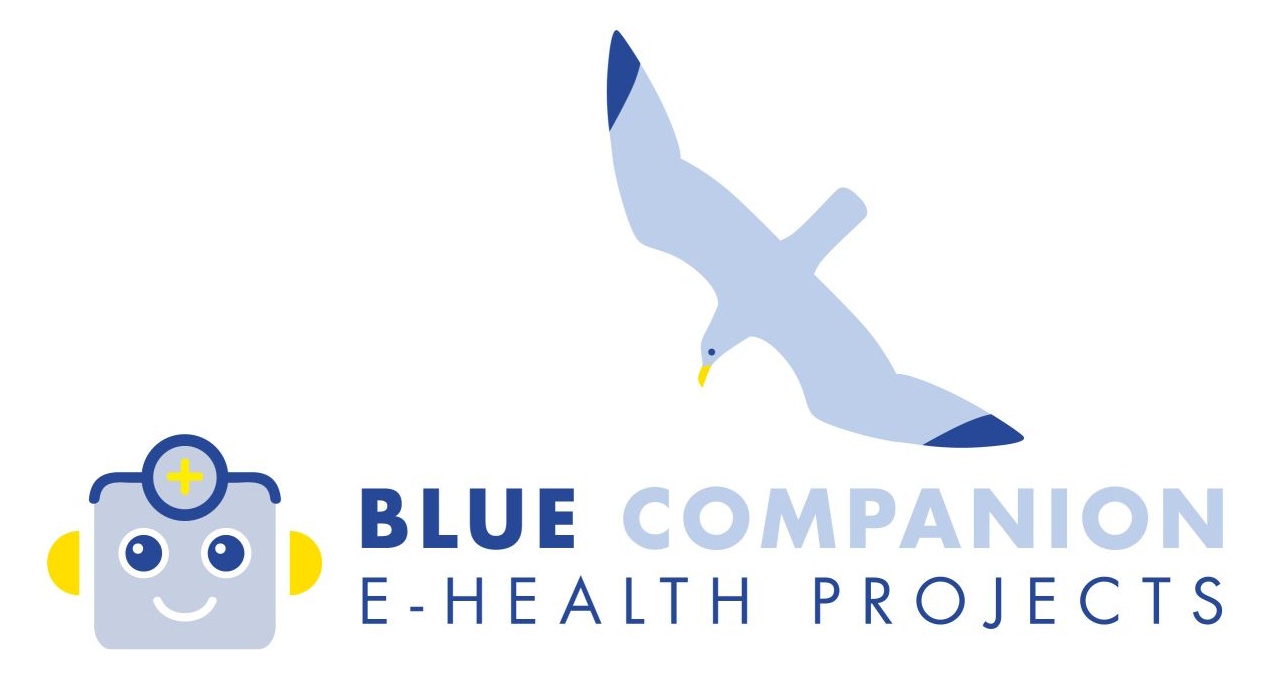
Integrated Digital Platforms for Clinical Trials
Patient-friendly interfaces and connected devices
CRO services
Key words:
Clinical Development, Regulatory Science, Neurodegenerative Diseases, Ophthalmology, ATMPs, Internal Medicine, Clinical Nutrition, Neuromuscular Diseases, Age-related conditions
BLUECOMPANION Ltd
12a Neville Court, Abbey Road
NW8 9DD London
United Kingdom

BLUECOMPANION France
41, route de la Bernon
78440 Jambville
France

